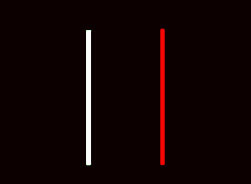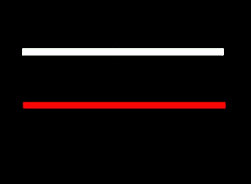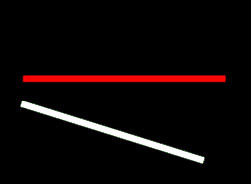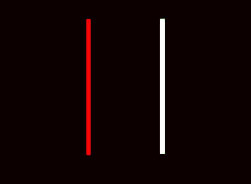In response to considerable discussion the Examinations Committee
of the College has decided to update the format of the Part 3 MRCOphth
Examination from April, 2003.
An extended matching paper will replace the existing MCQs and
they will be no negative marking. The test will probably be easier than
the previous format. To familiarize the candidates with the new formats,
test 34 and onward will follow the new style as described below by the
College.
40 questions over a 3-hour period.
The questions will be divided as follows.
-
5 pathology questions
-
5 microbiology questions
-
15 general ophthalmology questions
-
15 Medicine and Neurology in relation to ophthalmology
Extended matching questions are multiple choice items organized into sets
that use one list of items in the set. The extended matching set includes
four components
1. a theme
2. an option list
3. a lead in statement
4. at least four item stems, as illustrated below
This will involve 40 questions (probably 200 stems) over a period of 3
hours. |
1. Match the Maddox rod tests results (a-d ) with the most
likely diagnoses (A-H) listed below.
All the patients have a white Maddox rod over the
right eye and a red Maddox rod over the
left eye:
A. Right orbital floor fracture
B. Left thyroid eye disease
C. Right fourth nerve palsy
D. Left fourth nerve palsy |
E. Right sixth nerve palsy
F. Left exotropia
G. Right complete third nerve palsy
H. Left complete third nerve palsy |
2. Match the following findings (a-d) with the most likely cause
or site of lesion (A-N) listed
below.
A. Moëbius syndrome
B. Duane's syndrome
C. Brown's syndrome
D. blow out fracture
E. right fourth nerve palsy
F. left fourth nerve palsy
G. right superior rectus palsy |
H. left superior rectus palsy
I. infantile esotropia
J. accommodative esotropia
K. non-accommodative esotropia
L. intermittent divergent squint
M. consecutive esotropia
N. consecutive exotropia |
| a. |
A 36 year-old woman complains of vertical binocular diplopia
in the primary position.
Examination with a torchlight reveals a left hypotropia in the primary
position. With the
head tilt to the right and alternating cover test performed, there
is a right hypertropia
but no tropia is present with the head tilts to the left.
|
| b. |
A 6 year-old girl had bilateral esotropia
and absent facial expression. There are also punctate
corneal staining due to exposure kerapathy. Corneal sensation appears
normal.
|
| c. |
A 7 year-old girl has a right esotropia
measuring 40D for distance. Examination reveals
a
visual acuity of RE 6/24 and LE of 6/12. Cycloplegic refraction shows
RE +6.00/-1.25X40 and
LE +5.5/-1.50X145.
Wearing glasses with the prescription of RE +4.5/-1.25 X 40 and LE
+4.00/-1.50 X 145.
The esotropia is reduced and measured 4D
|
| d. |
A 55 year-old has a right constant exotropia
and poor vision due to a macular
chorioretinal scar from congenital toxoplasmosis. Examination reveals
a large
exotropia measuring 42D. Surgery
was performed to reduce the exotropia.
Post-operatively the patient develops
a slight esotropia measuring 5 D.
|
|



